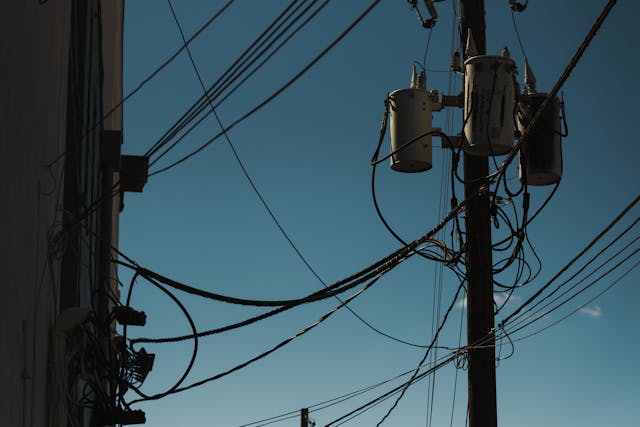Transformers are used to step up or step down voltage levels when distributing electricity but they are susceptible to failures just like any other electrical equipment. In this article, we will look into common causes of transformer failures and the preventative measures that can be taken.
There are different types of transformers
Such as three phase or single phase transformers. There are also companies that can design and produce custom transformers according to the requirements of a specific industry or operation. A common failure that can occur is overloading when the transformer is subjected to higher currents that go above its rated capacity for a long period. This can be due to improper sizing of the transformer, increased load demand or faulty operation. And when overloading happens, it will lead to excessive heating of transformer components and the insulation can break down, winding can deform and the equipment can eventually fail. Insulation degradation can occur when there is moisture ingress, thermal stress, ageing or chemical contamination. The insulation materials can deteriorate over time and this will lead to it losing their dielectric properties. And this makes the transformer more susceptible to breaking down. When insulation materials degrade, it can lead to arcing, short circuits etc.

Mechanical stress such as mechanical impact,
Vibration or shock can cause damage to the components of the transformer and compromise its integrity. This can happen when the transformer is poorly handled during transportation to its destination, or poor handling in maintenance or installation. This can cause mechanical damage to critical parts such as bushings or windings which can increase the risk of transformer failure. There can also be electrical faults such as overvoltages, short circuits, lighting strikes etc. that can do significant damage to the transformers. Short circuits happen when there are high currents going through the transformer windings and this can cause overheating and breakdown of insulation. This will lead to winding failure. If there is a lightning strike, high voltages and currents can be induced in the windings of the transformer and this can cause internal faults and insulation damage. There are many environmental factors that can accelerate the degradation of transformers such as humidity, moisture ingress, extreme temperatures, and corrosive atmospheres. Sometimes, wildlife can intrude and damage certain components. All of these factors can compromise the reliability of the transformer and its longevity.

There are signs of transformer failure
Such as oil leaks from the bushings or transformer tanks. This indicates an internal fault, mechanical damage to breakdown of insulation. You need to address any sign of leakage so that transformer failure can be prevented. Overheating is another sign and this can be indicated by burning smells, hot spots or the insulation materials becoming discoloured. You may also hear unusual noises such as popping, humming or buzzing sounds that can indicate loose connections, internal faults or mechanical stress. These noises can be due to winding deformation, arcing etc. and you have to investigate these immediately to prevent interruptions to the service.














